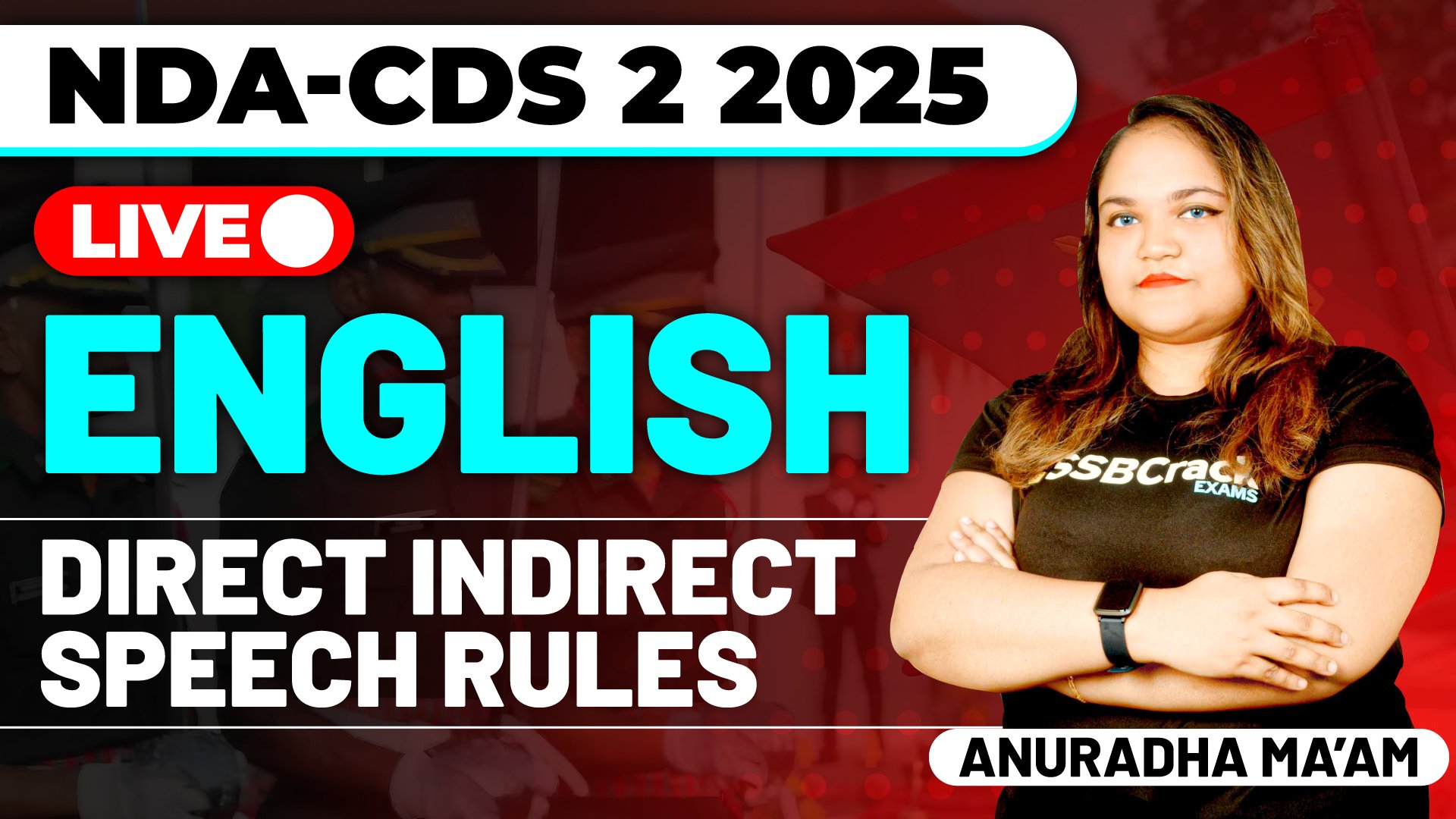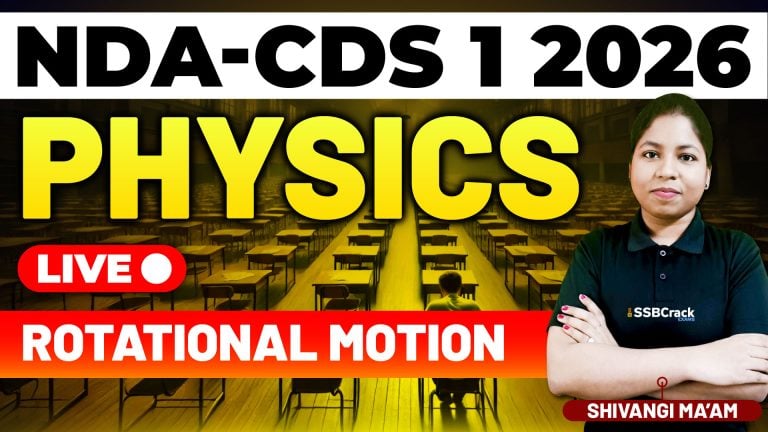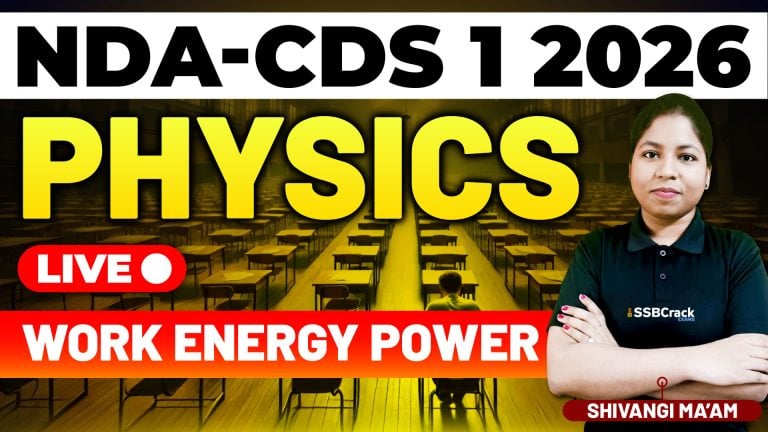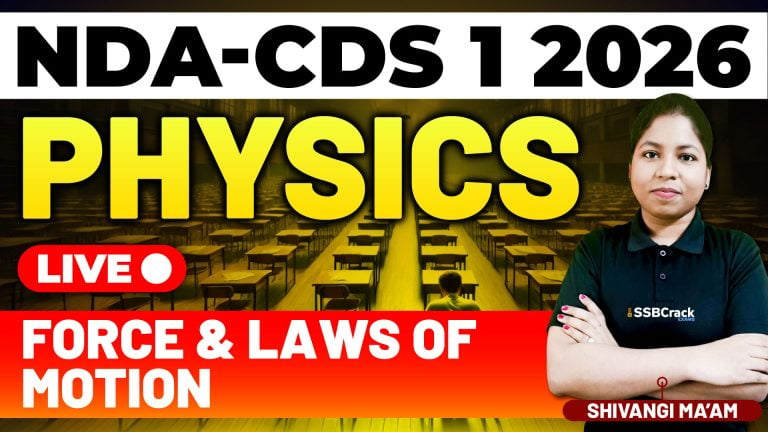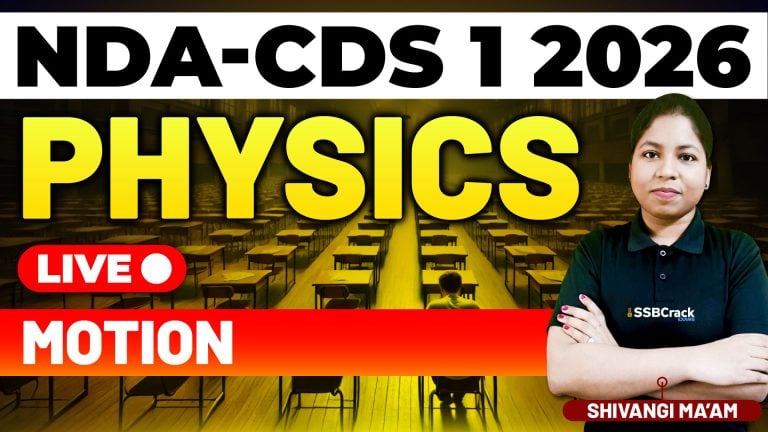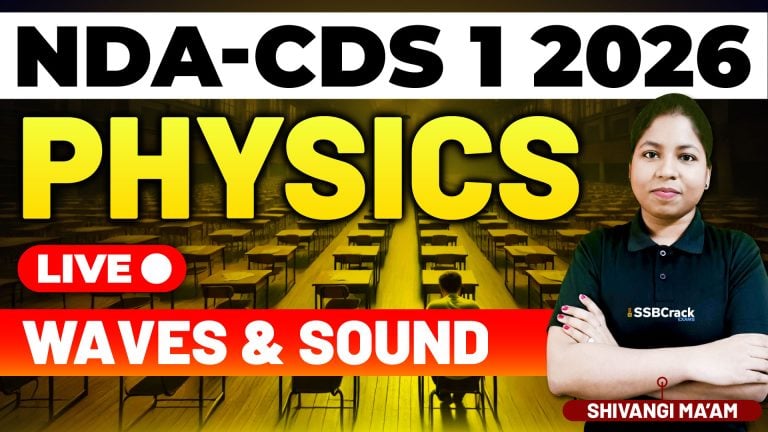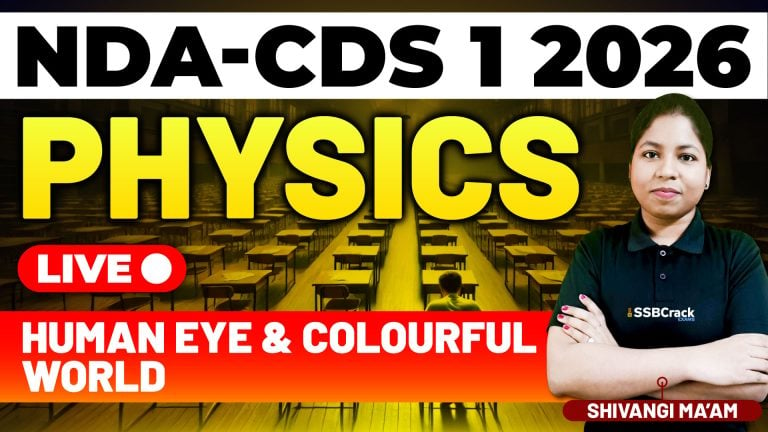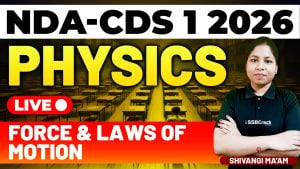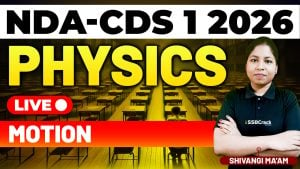In the competitive English sections of NDA & CDS 2 2025, candidates are expected to demonstrate both grammatical precision and a clear understanding of formal language structure. One of the most important grammar topics that evaluates these skills is Direct and Indirect Speech — also known as Reported Speech.
In our Direct-Indirect Speech Live Concept Class, we explored the critical conversion rules required to transform sentences from direct to indirect speech. The session covered assertive, imperative, and interrogative sentence types, with structured examples and common rule-based applications. The class aimed to ensure that candidates not only understand the grammatical logic but are also ready to apply it accurately in MCQs and transformation-based questions during the exam.
What Is Direct-Indirect Speech?
- Direct Speech: Quoting the exact words spoken by a person.
Example: He said, “I am learning English.” - Indirect Speech: Reporting what someone said without quoting them exactly.
Example: He said that he was learning English.
The transformation requires changes in pronouns, tenses, word order, reporting verbs, and sometimes modals or question structure, depending on the type of sentence.
Key Rules Taught in the Live Concept Class
The class broke down conversion into three major categories:
1. Assertive Sentences
- Reporting verb: said / told
- Change of tense: According to backshifting rules
- Use of “that” as connector
- Pronoun and time/place adjustment
Example:
Direct: She said, “I like coffee.”
Indirect: She said that she liked coffee.
2. Imperative Sentences
- Reporting verb: ordered, requested, advised, urged (based on tone)
- Convert the imperative to infinitive (to + verb)
Example:
Direct: He said, “Close the door.”
Indirect: He ordered me to close the door.
3. Interrogative Sentences
- Reporting verb: asked, enquired, wanted to know, etc.
- Remove question format and use statement form
- If WH-word is used, it becomes the connector
- If yes/no question, use “if” or “whether”
Example:
Direct: He asked, “Are you coming?”
Indirect: He asked if I was coming.
Live Class Takeaways and Tips
- Memorize the tense shift table: Present → Past, Past → Past Perfect, etc.
- Categorize sentence types: Identify whether it’s a command, question, or statement
- Underline pronouns and adjust them during conversion
- Note signal words like “today,” “here,” “now” that change in indirect speech
- Practice 10 questions per category daily to retain the conversion rules
Conclusion
The Direct-Indirect Speech Live Concept Class provided NDA & CDS 2 2025 aspirants with a solid foundation in reported speech rules, a topic that blends logic, grammar, and accuracy. By understanding how to transform direct quotes into formal indirect expressions — whether they are assertions, commands, or questions — candidates improve their ability to handle multiple types of English questions with confidence.
This is more than just a grammar topic — it’s a test of how well you understand communication structure, something every future officer must master.
